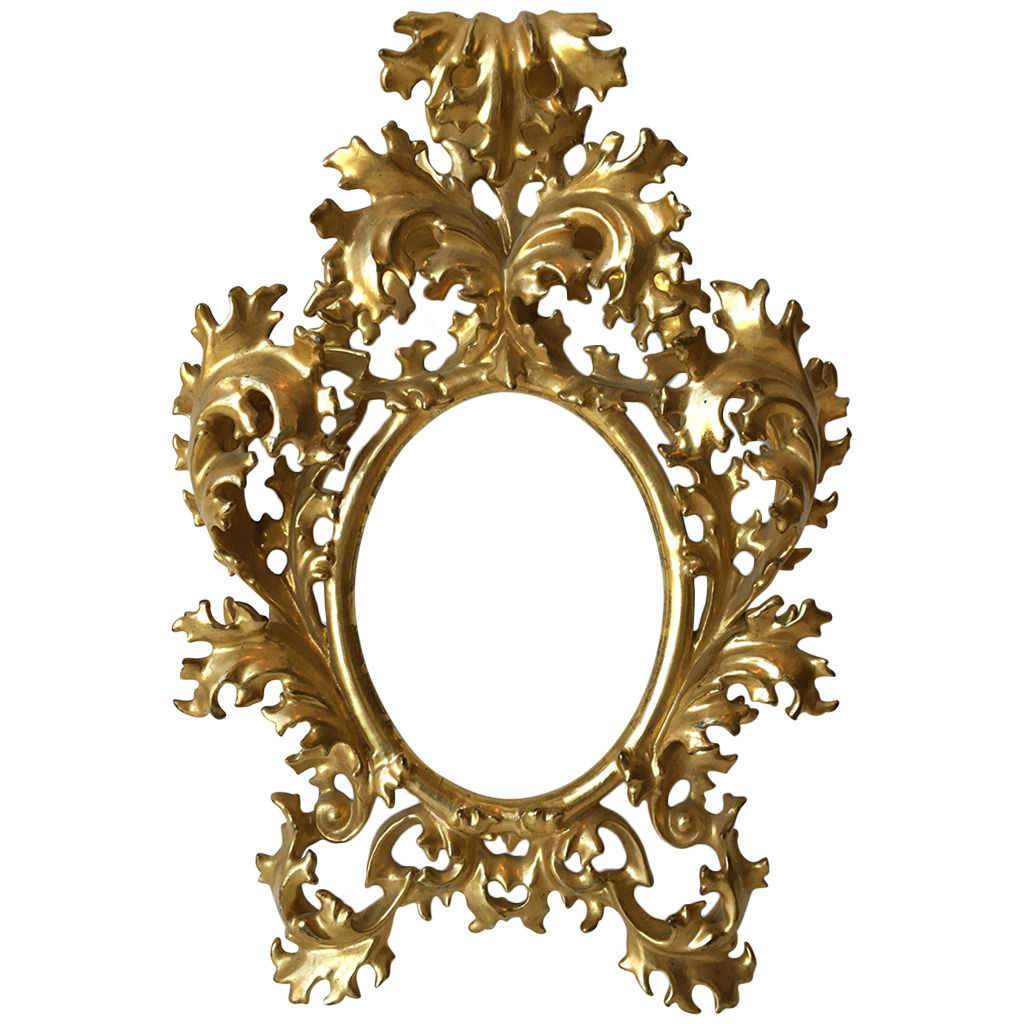During a lecture on the various ways Modernist pictures have been framed New Yorker writer Adam Gopnik commented that a bad frame is “a kind of unjust sentence that the picture is forced to carry around on its shoulders forever.” But frames have not always been about presentation, beginning with framed picture of mummies in Egyptian tombs in 2nd century BC when frames were used to protect pictures from the desert clime. Then they developed as a way to separate scenes between pictures and finally made their way to become a means of enhancing the picture and presenting it. Framing has become a reflection of the aesthetic and cultural values of the time. Today framing is an important component of how a work of art is perceived.
The modern concept of framing as a means of presentation began between the 12th and 13th centuries in Europe around religious paintings. These frames were inspired by religious architecture, whose ornamentation often reflected the exteriors of cathedrals. By the Renaissance frames had become elaborate pieces of art unto themselves, lavishly carved, gilded or painted and sometimes inlaid with gems, made out of a single piece of wood and built into their surroundings. A style typical in the 15th and 16th centuries was broad, flat, often gilded frames with details of birds, fruit, military trophies, faces, angels and inscriptions of Latin.
As the craftsmanship improved selection of materials would become integral to a frame’s style. Walnut was popular for the rich, as it was extremely expensive. In the 16th and 17th centuries in Europe when portraiture became popular, selecting a frame was almost as indicative of status as the paintings itself. As the rich began to commission portraits frames became more portable, usually made in pieces with molding that made them easier and cheaper to produce. In 17th century France tortoiseshell and brass frames were among the most sought after. Stylistically frames were often heavy and featured a great deal of intricate gilding and carving.
Aesthetic shifts in taste were clearly reflected in the frames of each era. Where the 16th and 17th centuries in Europe frames were extravagant, the earliest American frames made only a couple of hundred years later, and exemplified by the Empire Style, were utilitarian. Eighteenth century the Rococo and Baroque styles were popular, followed by 19th century Edwardian and the Victorian more simplified style.
Modernism represented a divergence from traditional framing and many prolific artists even chose to make their own. In today’s contemporary art driven market many paintings often go unframed. The current preference seems to be for the art to stand alone or even to be framed in a conceptual sense.
In an article in the Guardian on framing, Phil Daoust describes the room devoted to Mark Rothko's abstract Seagram Murals at the Tate: “nothing but a murmur reaches them. The lighting is muted. The rectangles of red, maroon and black lie against grey walls, rather than the gallery's usual white… Rothko's pictures have no frames in the conventional sense. But what is this whole setting if not a frame?” The canvases were intended to be hung in the Four Seasons restaurant in New York, but Rothko decided they didn't belong with the rich grunting at the trough. Rothko was even quoted as saying: “I accepted this assignment with strictly malicious intentions. I hope to ruin the appetite of every son of a bitch who ever eats in that room.”** The paintings were a gift to the Tate in 1969, a gift from Mark Rothko, and displayed in the exact sequence envisioned by the artist. Which begs the question what does framing really mean in the art world today?
(The final series of Seagram Murals was dispersed and now hangs in three locations: London's Tate Modern, Japan’s Kawamura Memorial Museum and the National Gallery of Art in Washington, D.C.)










